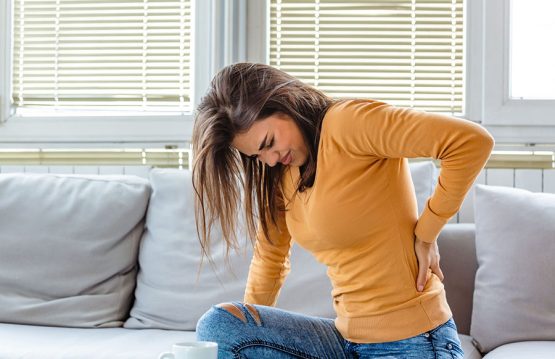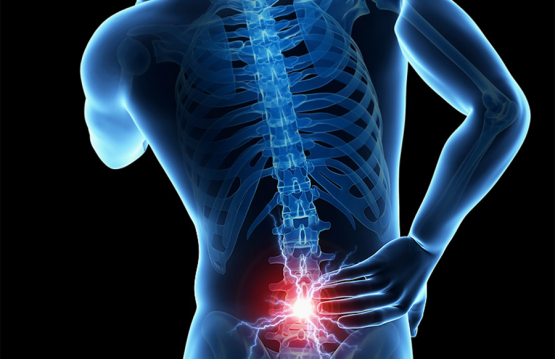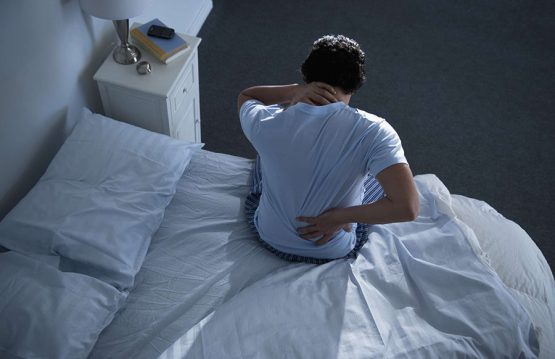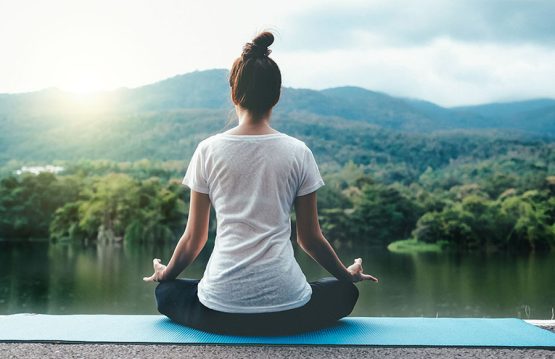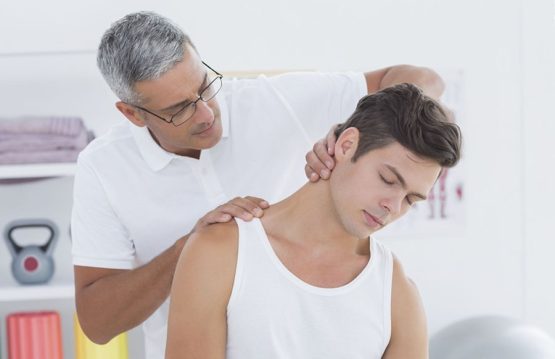Mom’s back pain triggers can appear after the baby is born and create discomfort. We should not be surprised that mothers suffer from these pains, given the positions they take when caring for children.
Many studies have shown that activities that cause us to sit in strange positions increase the risk of back pain. At the same time, it is known that lifting heavy weights favors low back pain due to the extra pressure placed on both the spine and the muscles in the lumbar area.
CONTENT:
- Breastfeeding
- Lifting the baby from the stroller/crib
- Putting the child in the car seat
- Lifting the child from the floor
Breastfeeding
Breastfeeding mothers often sit in a position that puts pressure on the lumbar area, especially if the baby weighs more than 5 kilograms. To prevent this problem, a woman should sit, while breastfeeding, in a chair with a backrest or on a sofa in order to be able to lean.
The baby should be placed on a pillow so that the mother does not have to bend over to feed the baby. In this way, the back is protected and there is no risk of low back pain.
Lifting the baby from the stroller/crib
When a mother lifts the baby from the stroller, she tend to lifts by bending and lifting the middle.
Well, it would be correct to bend over the stroller by bending the knees, and lifting, after the child is taken in his arms, to do the same by moving the knees. Thus, the lumbar area is not overworked.
Putting the child in the car seat
Ideally, the car seat should be facing the car door, so that putting the child in the car seat is easy. Then, after the child is fastened with the seat belts, the seat will be put in its place and it will be secured with the seat belt.
If you find it complicated to always do this maneuver, sit on the bench, next to the little one’s chair, with him in your arms. Then rotate your torso and put the child in the chair.
Lifting the child from the floor
This is the most common mom back pain triggers.
In no case should you bend over by bending your back when you want to take the little one in your arms.
Keep your feet apart and lean down slightly until you reach the floor with your back. Take the little one in your arms, then stand up, straightening your legs gradually.
Mothers who have small children, who need repeated lifting and want to sit in their arms, should be very careful about the movements they make.
The more a mother is aware of the muscle groups and bone structures used during the execution of a movement, the more careful she will be when she makes those movements. Prevention is recommended for low back pain, so we should minimize the risks we are exposed to.
If your back pain does not give you peace of mind, contact your doctor. During breastfeeding, the use of medications to relieve back pain is contraindicated, so it is essential that pain is prevented.




